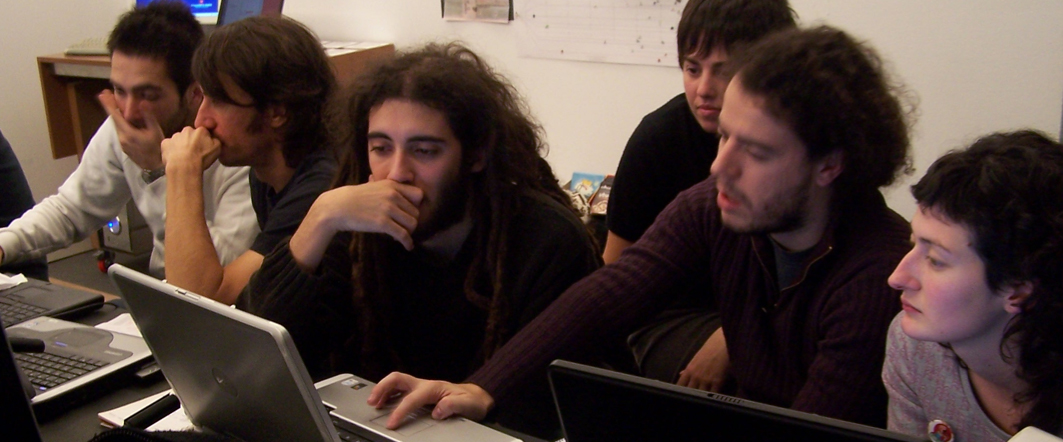Designing and Making Electronic Musical Instruments

The advent of Arduino, a simple open-source hardware system for data acquisition and prototyping, has made it possible for anyone to design musical instruments. No experience in electronics or programming is required and, more importantly, there is no need to invest large sums of money in commercial interfaces.
By combining Arduino with Pure Data, a free audio and visual programming environment in real time, we have the tools needed to make electronic musical instruments based on interacting with the physical world.
In this workshop, the technical knowledge needed to design and produce electronic musical instruments will be taught, using the free open-source tools mentioned above: Pure Data and Arduino.
We will also cover basic concepts for designing musical instruments and interfaces: the feasibility of the designs, the choice of sensors, the spatial scale in the design, possible narratives between sound and picture, and critical design of musical contents. To do so, we will analyze several representative musical instruments.
Participants will be able to present their projects for musical instruments to discuss their designs and build them (if it is technically possible) during the workshop.
Program
Part 1
- Introduction
- Objectives
- About participants’ projects
Part 2
- Possibilities for acquiring data from the physical world
- Arduino
- Sensors
- Basic circuits for getting data from sensors
- Using data in the computer (Pure Data, Processing, · Flash, etc.)
- Practical examples
Part 3
- Some examples of musical instruments with Pd
- Introduction to Pd and its history
- Instructions and installation of Pd
- [osc~ 440]-[dac~] (Hello World!)
- Digital sound and how to used basic monitor and sound equipment
- First exercises
- Audio processing in real time (effects, sound synthesis, loops, etc.)
- Advanced exercises
- Communicating with other computers (TCP/UDP, OSC)
- Video and graphics in Pd (Gem)
Part 4
- Examples of interactive projects and how to design them
- Presentation of participants’ first projects
- Instruments’ audio composition
- Presentation of projects underway and discussion
About software and hardware tools
Pure Data (PD) is a programmable environment for analyzing, synthesizing, and processing sound and video with a wide range of multimedia possibilities. It is an extremely versatile tool due to the fact that it is programmable in a graphic environment in a free open-source code with a modular structure. It can be applied to fields as diverse as musical creation, interactive audio-visual installations, video sessions, or the theater.
Arduino is an open-source hardware system for artists and designers. It is a simplification of the use of microprocessors that makes it possible to quickly carry out interactive installations and prototypes of electromechanical inventions. Only a few months after it was created, several institutions had already adopted it as an education tool. They included the RCA of London, the ITP in New York, IDI-Domus in Milan, and K3 in Malmoe.
Pure Data and Arduino make a highly versatile tool for artistic production. Just this year, firmware was developed to control the Arduino microprocessor from Pd (Pduino), making programming and communication even simpler between hardware and software.



 Medialab-Matadero Madrid
Medialab-Matadero Madrid